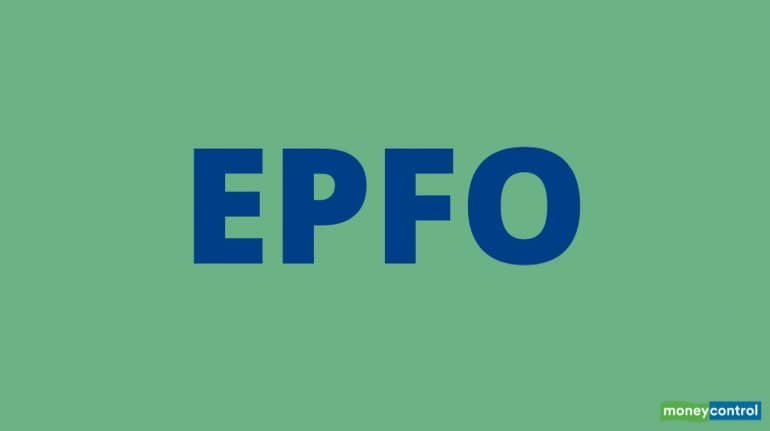



The employees’ provident fund (EPF) acts a safety net for retirement for most in the organised sector. However, you can withdraw sums even before retirement for specified needs. The Employees' Provident Fund Organisation (EPFO) allows partial withdrawals for marriage, education, medical emergencies, home loan repayment, purchase or renovation of a house, etc. But, there are certain rules for partial withdrawals that you must be aware of before making claims.
Marriage and educationYou can withdraw from the EPF for your marriage as well as for those of your siblings and children. You are also allowed tap into the kitty for paying the fees related to your children’s higher education, i.e., after the completion of 10th grade.
The EPFO body allows withdrawal of up to 50 per cent of your contribution to the provident fund with interest. But, you should have completed a minimum of seven years in service to be eligible for this withdrawal. Even if you have switched jobs in this period, you would be eligible, but as indicated earlier, you should have worked for a total of at least seven years.
Let’s say you have contributed Rs 4.5 lakh towards your EPF and with the interest income the value has increased to Rs 5 lakh. So, you can withdraw up to Rs 2.5 lakh for marriage or education.
Till retirement, you can withdraw three times for marriage or education.
Home loan repaymentIf you wish to repay your home loan, you are allowed to withdraw the amount from your provident fund account after completion of 10 years of service. This withdrawal is subject to certain conditions: the home for which loan is being repaid should be registered in your name, spouse’s name or held jointly. You have to submit the relevant documents to the EPFO while applying for withdrawal.
You can withdraw the least of: 36 months’ basic wages and dearness allowance, total of employee and employer’s contribution with interest income in the provident fund account, or the total outstanding principal and interest amount of the home loan.
Purchase of land or construction of a houseYou can withdraw from the EPF for purchasing a house or buying a piece of land to construct a house. You can also withdraw money to fund the construction of your house.
You should have completed a minimum of five years in service. The house or land for construction should be registered in your name, your spouse’s name or held jointly.
Archit Gupta, Founder and CEO ClearTax adds, “The withdrawal condition for purchasing a piece of land for a house will be the least of: 24 months’ basic wages and dearness allowance, total of employee and employers contribution with interest income in provident fund account, or the total cost of purchasing a land.”
You are allowed to withdraw the least of: 36 months’ basic wages and dearness allowance, total of employee and employer’s contribution with interest income in provident fund account, or the total cost incurred for the construction of the house.
Procedure for PF withdrawalYou can withdraw from provident fund account by submitting an online application or using a physical form at your local EPFO office. For partial withdrawals, you will need to submit a self-attested form.
You can submit a provident fund withdrawal application online through the EPF portal for various purposes. To apply online, your universal account number (UAN) should be activated and linked to your Aadhaar, permanent account number (PAN) or bank account.
Should you withdraw from your EPF corpus?The monthly contribution from an employee and employer in the EPF helps salaried individuals to accumulate funds during their work lives. The corpus built is meant for the period after retirement.
Ashish Apte, CEO at AAA ResearchOne Financial Consultants says, “The amount accumulated in the provident fund over the years is not supposed to be withdrawn before its maturity for any reasons as this could put one's retirement at risk.” Thus, if you spend the amount meant for your retirement years on purchasing a home or renovating the house, you are exposing yourself to the risk of leaving no funds for your retired life.
Pankaj Mathpal, founder of Optima Money Managers, a wealth management and financial planning firm says, “Remember, there are many banks that are willing to lend you money to buy or renovate a house. But nobody lends you money to live a retired life.”
The EPF is an opportunity to accumulate money for the post-retirement period. When you keep contributing to this corpus and do not withdraw money in the interim period, the magic of compounding works in your favour during working years. That leaves you with a large corpus that is otherwise difficult to accumulate for many salaried individuals.
Mathpal points out, “There are cases where individuals use their EPF money for buying a home, child’s education, marriage or other purposes. Such individuals find it difficult to pay for their day-to-day expenses after they retire.” So, take your decision wisely. Do not withdraw from your EPF account until it becomes essential. Let your EPF balance compound and help you retire rich.
Discover the latest Business News, Sensex, and Nifty updates. Obtain Personal Finance insights, tax queries, and expert opinions on Moneycontrol or download the Moneycontrol App to stay updated!
Find the best of Al News in one place, specially curated for you every weekend.
Stay on top of the latest tech trends and biggest startup news.